Experts say medical report ‘inconclusive’
Cardiologists say angiography will reveal extent of blockages in arteries.

Aside from an assessment of Musharraf’s heart condition, the report also states that the former general had recurrent discomfort in his left shoulder joint, as well as pain and stiffness in the lower back. PHOTO: REUTERS/FILE
When the ‘confidential’ medical report of the hospitalised former president, General (retd) Pervez Musharraf, was made available to the media, reporters scrambled to decipher the medical jargon in a rush to determine the status of the former military ruler’s health as assessed by the Armed Forces Institute of Cardiology.
“The calcium score in his arteries indicate blockages, but this report is not conclusive. A proper, invasive angiography would clarify the extent of the disease,” a cardiology consultant told The Express Tribune, adding that the former president may have critical blockages.
“If the angiogram confirms that he has severe narrowing in the left main/proximal LAD artery, then this could certainly lead to a fatal heart attack,” he said.
Nine specific ailments were mentioned in the report.
Musharraf’s medical report is divided into five categories, namely, case history, initial examination, emergency treatment, investigations and progress and, finally, the diagnoses.
While experts say that the initial exam revealed normal blood pressure and a slightly low pulse, the ECG was “normal” and did not suggest that Musharraf had suffered a heart attack.

The detailed investigation in the report puts Musharraf’s diagnosis as “densely calcific Triple Vessel Coronary Artery Disease including left main stem disease,” which the doctor said indicates a “moderate, not mild narrowing of arteries”.
His cholesterol is also slightly high and requires treatment, the doctor said, considering that the report suggests he is a smoker and has a family history of coronary disease.
“This report doesn’t mean he will have a heart attack tomorrow. But it also doesn’t confirm critical blockages. It simply confirms that vessels are narrowing.”
“In my experience, this preliminary report suggests that Musharraf may need a bypass.”
Aside from an assessment of Musharraf’s heart condition, the report also states that the former general had recurrent discomfort in his left shoulder joint, as well as pain and stiffness in the lower back. His sleep was disturbed because of an enlarged prostate. He had a root canal and crowning two weeks before admission to the hospital, and had developed pain in his jaw that was still persisting.
Dissenting view
“This could be the report of any 70-year-old army man,” one leading heart surgeon told The Express Tribune, upon examining the report. “He has not had a heart attack. The symptoms as described in this report are not pointing towards an attack. His pulse is a bit slow, but his blood pressure is normal.”
The doctor, on request of anonymity, said that the condition could be compared to the plumbing in an old house. “There may be blockages. But the tap water is still flowing,” he said, expanding on the analogy. “If he wants to avoid a heart attack, he has to get a further exam to look at spots where there is acute narrowing.”
The doctor also said that previous medical reports are essential, as they will show how Musharraf’s condition has deteriorated in the past few years.
Heart’s secrets revealed
Echocardiography revealed normal sized cardiac chambers, no segmented wall motion abnormality, good left ventricular systolic function with ejection fraction of 60%, grade 1 diastolic dysfunction and normal heart valves.
24 hours Holter electrocardiography revealed heart rate ranging from 49 to 97 beats per minute and ventricular premature beats
He had raised serum total cholesterol (218mg/dl) and LDL cholesterol (150mg/dl). Other laboratory investigations including serial cardiac enzymes, blood sugar, serum urea, creatinine, sodium, potassium, prostate specific antingen, bilirubin, ALT and uric acid were within normal limits
Multislice CT angiography revealed densely calcific Triple Vessel Coronary Artery Disease including left main stem disease (calcium score: total 851.3; left main stem (LMS) 20.6, left anterior descending coronary artery (LAD) 499.9, left circumflex coronary artery (LCX) 239.6, right coronary artery.
Diagnosis reveals that he has densely calific Triple Vessel Coronary Artery Disease including left main stem disease.
He is also found to be suffering from hypercholesterolaemia, cervical spondylosis, lumbosacral spondylosis, biceps tendinitis, frozen shoulder (left), osteroarthrosis with effusion (left knee joint), temporomandibular arthralgia (left), benign prostatic hyperplasia
A coronary angiography is required to optimise the management and to ascertain the possibility of further interventions like coronary artery bypass surgery.
SOURCE: COMMANDANT AND EXECUTIVE DIRECTOR AFIC
Published in The Express Tribune, January 8th, 2014.


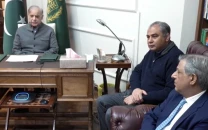
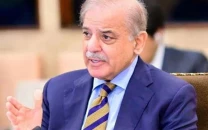
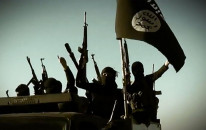
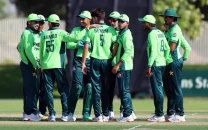



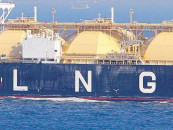
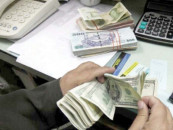








COMMENTS
Comments are moderated and generally will be posted if they are on-topic and not abusive.
For more information, please see our Comments FAQ